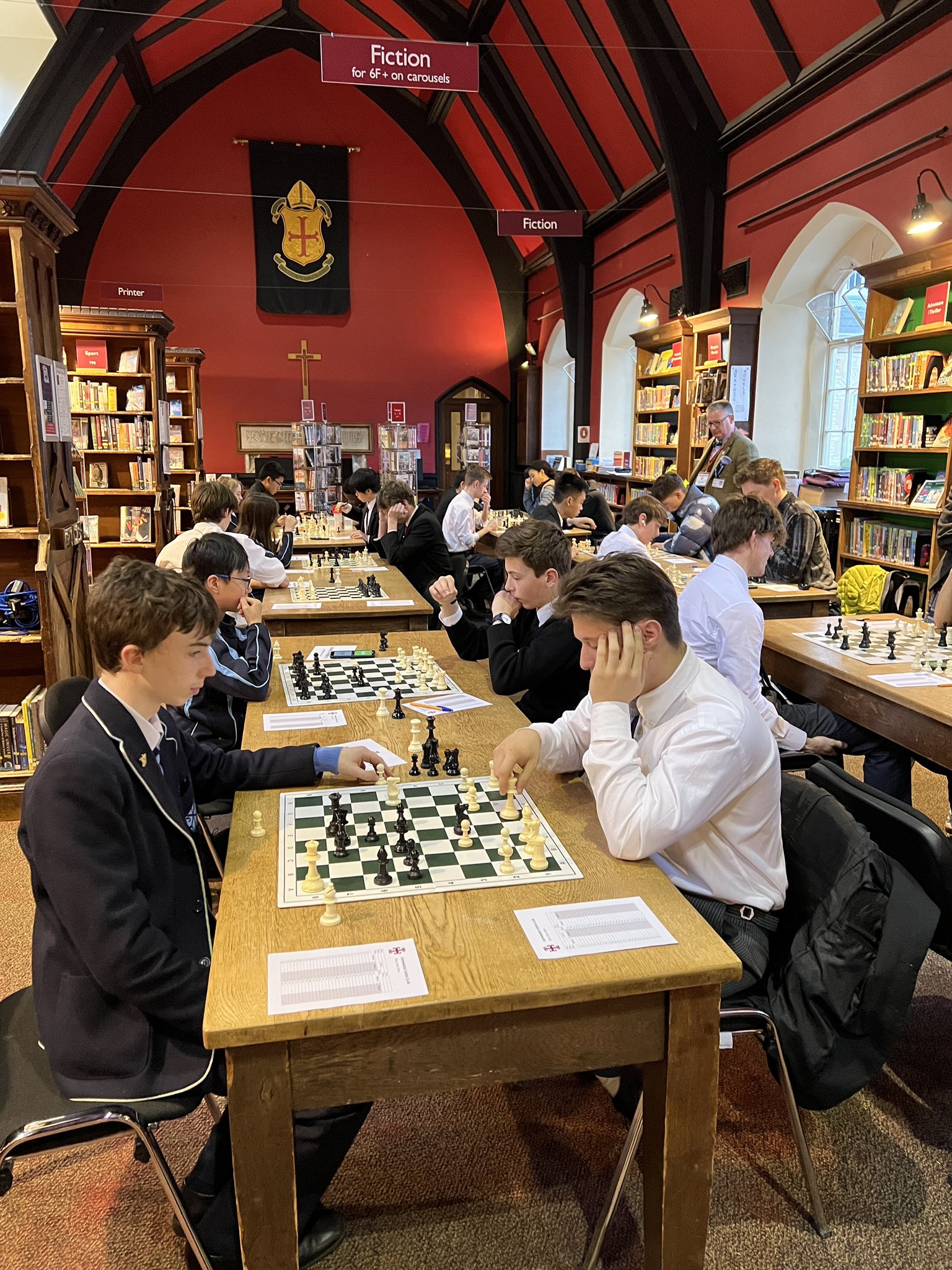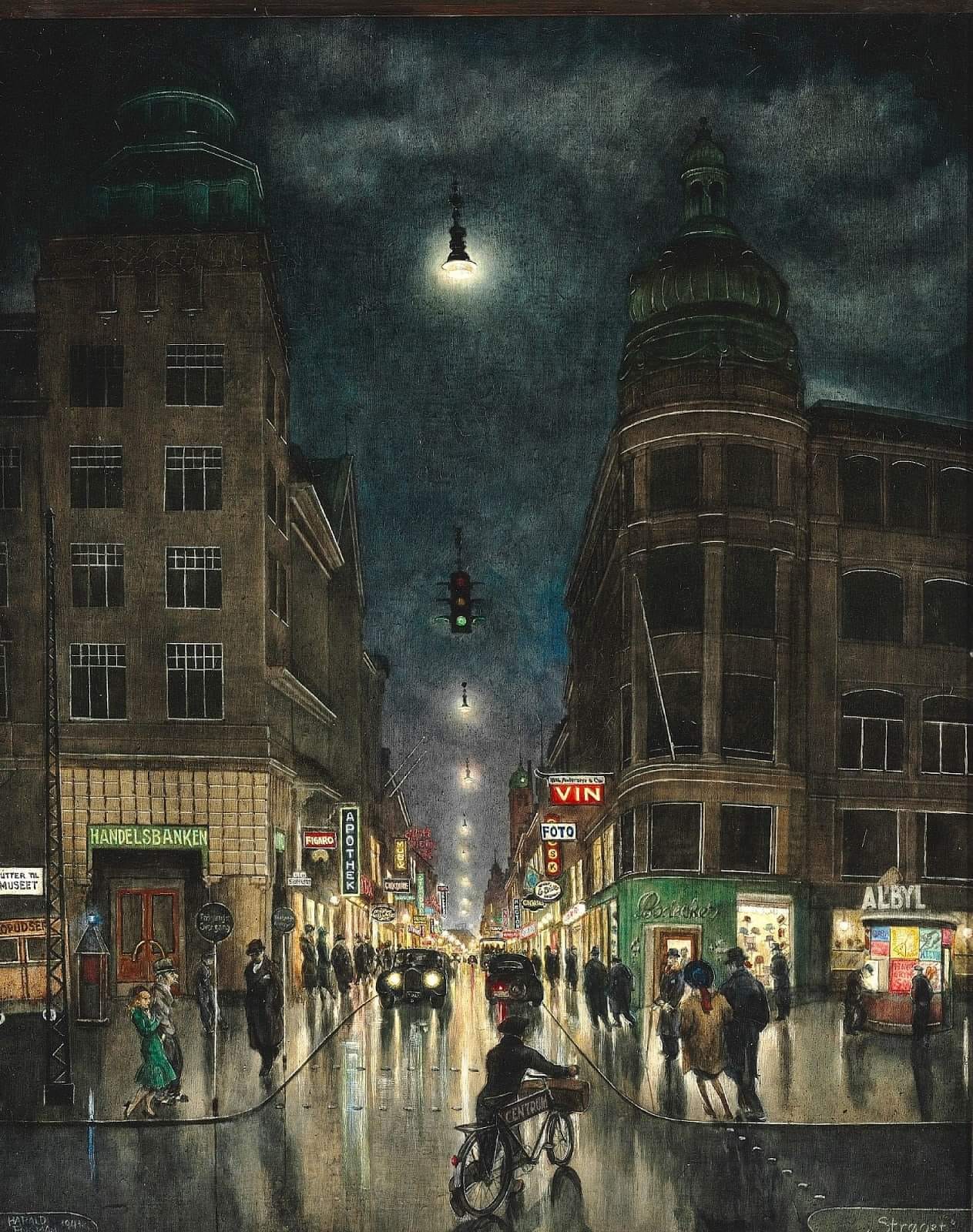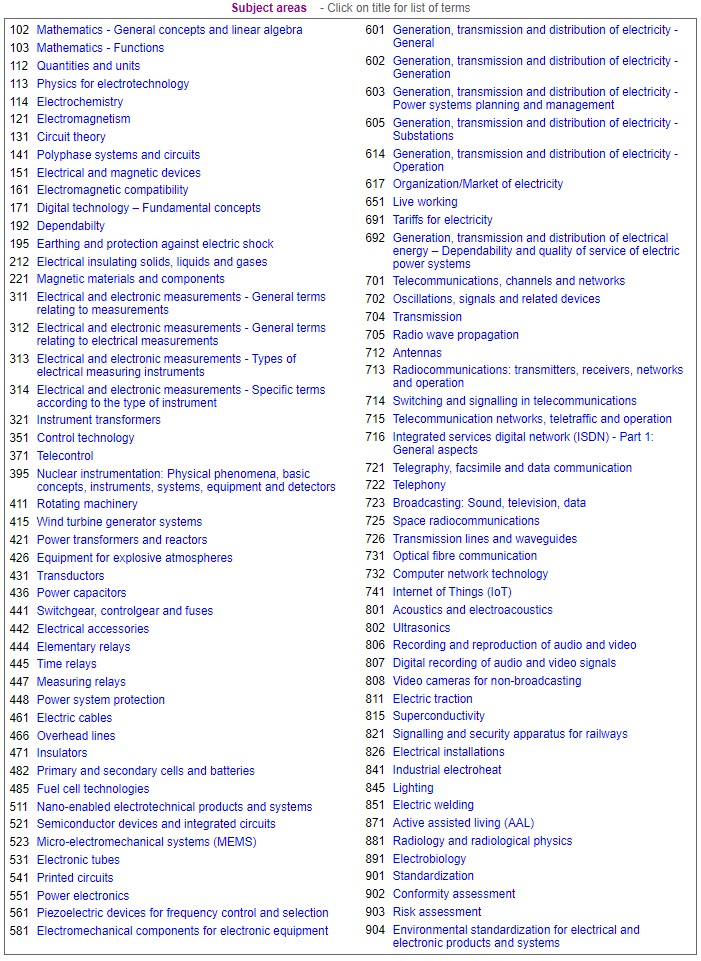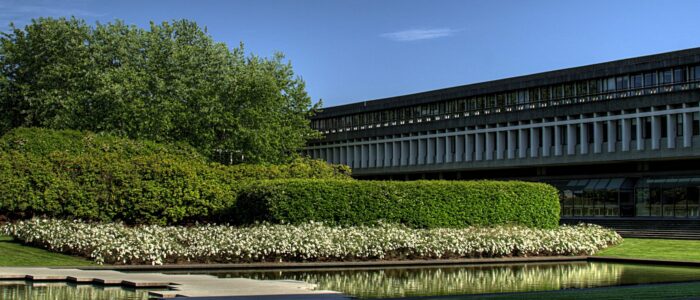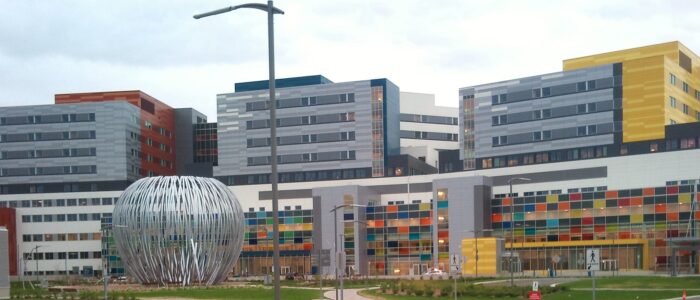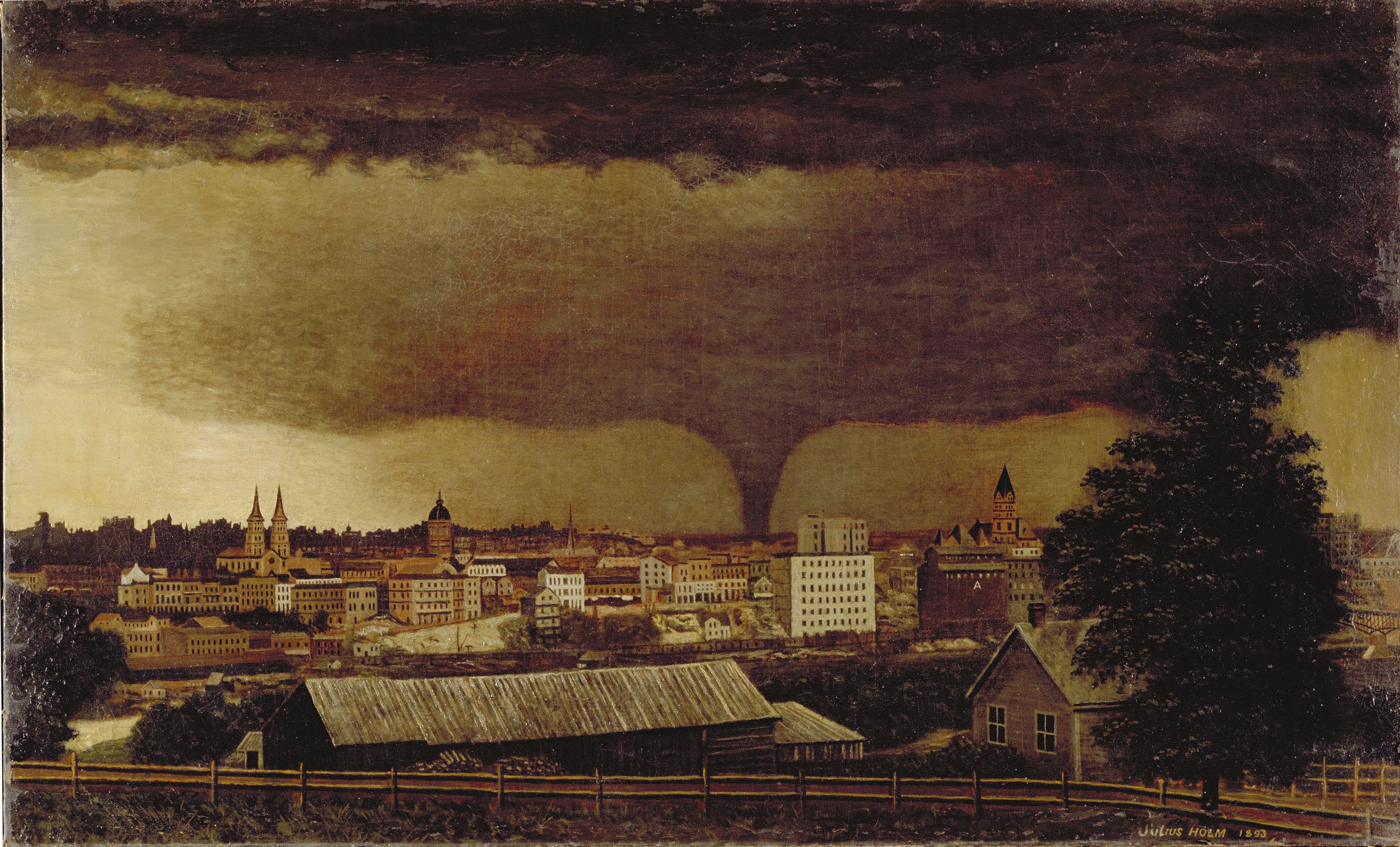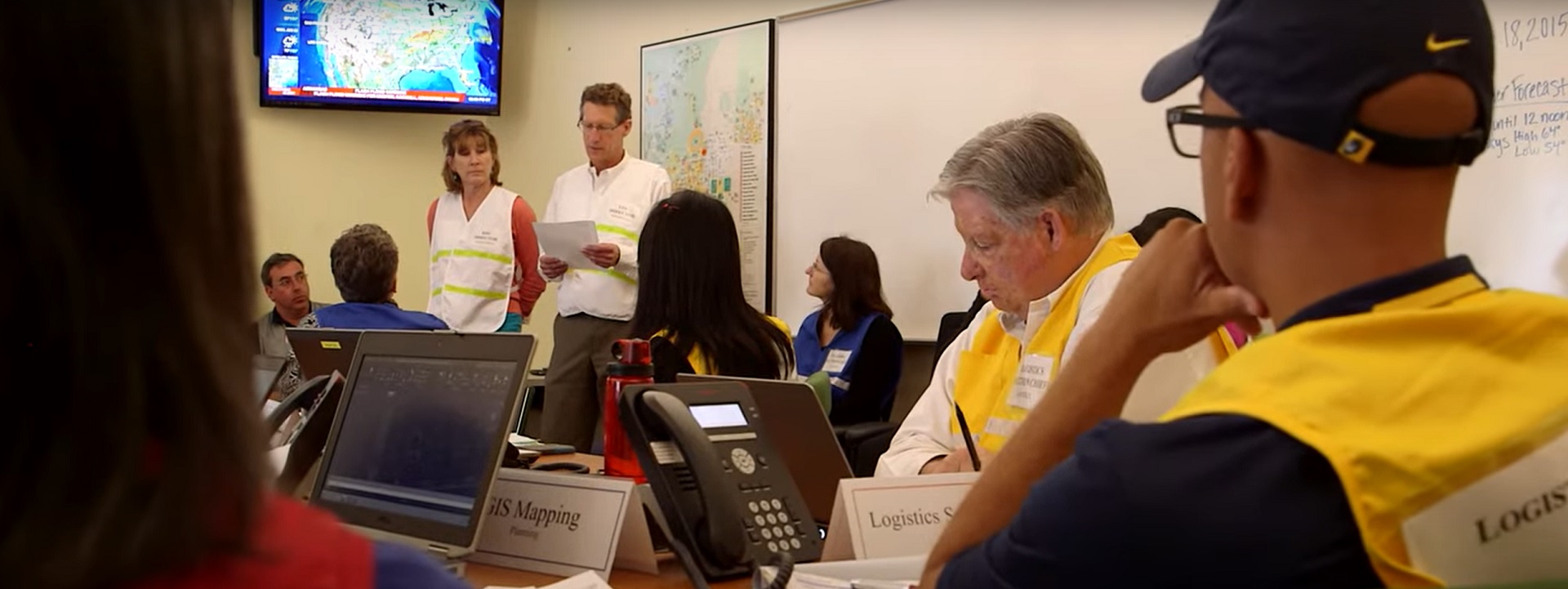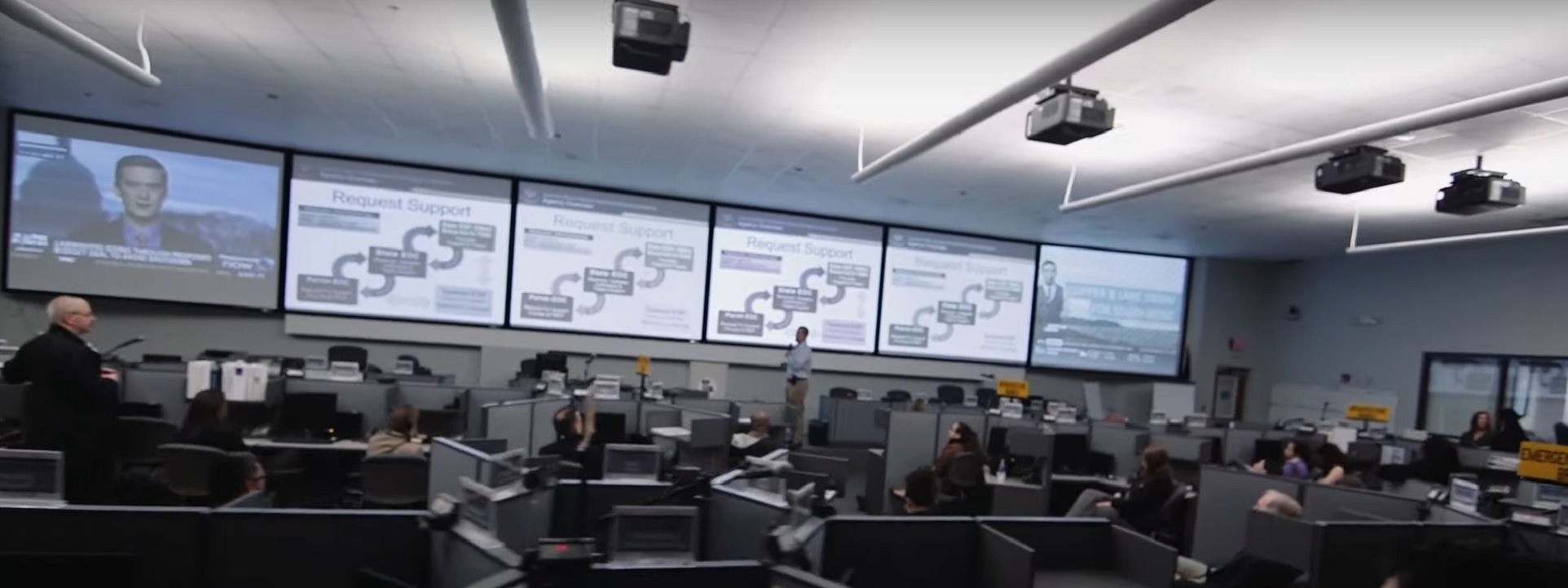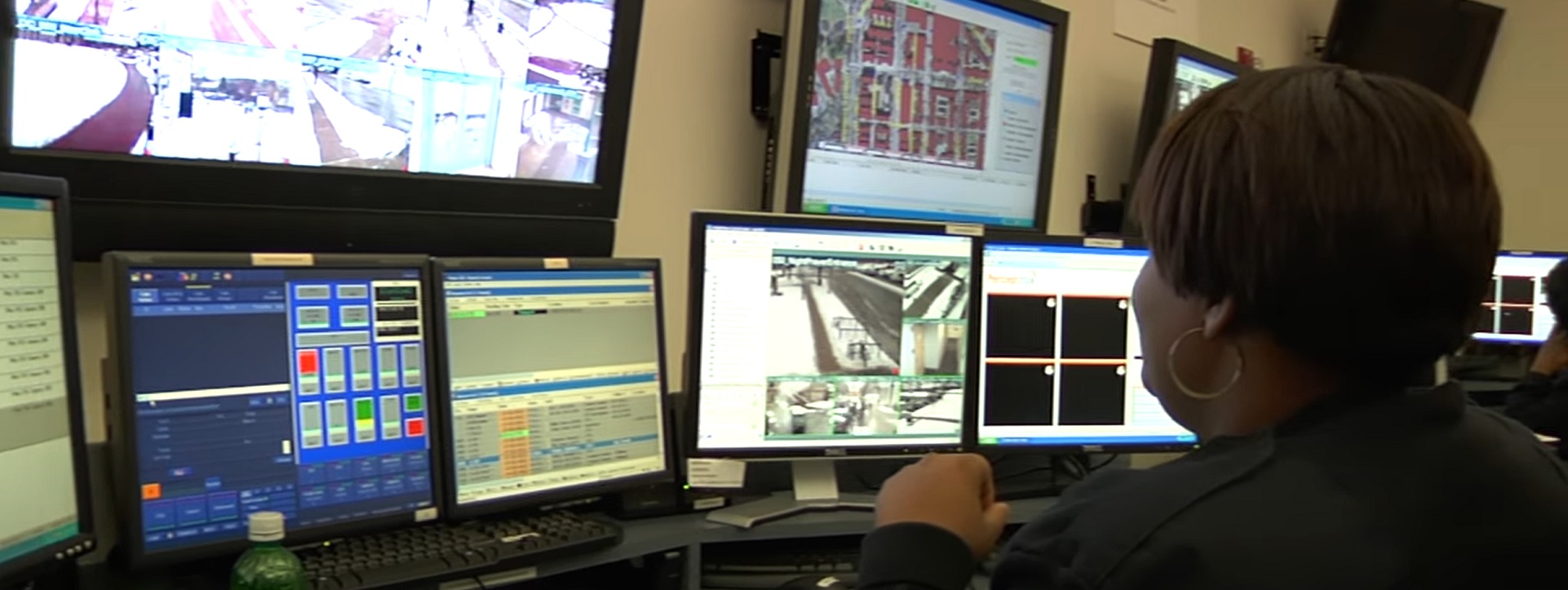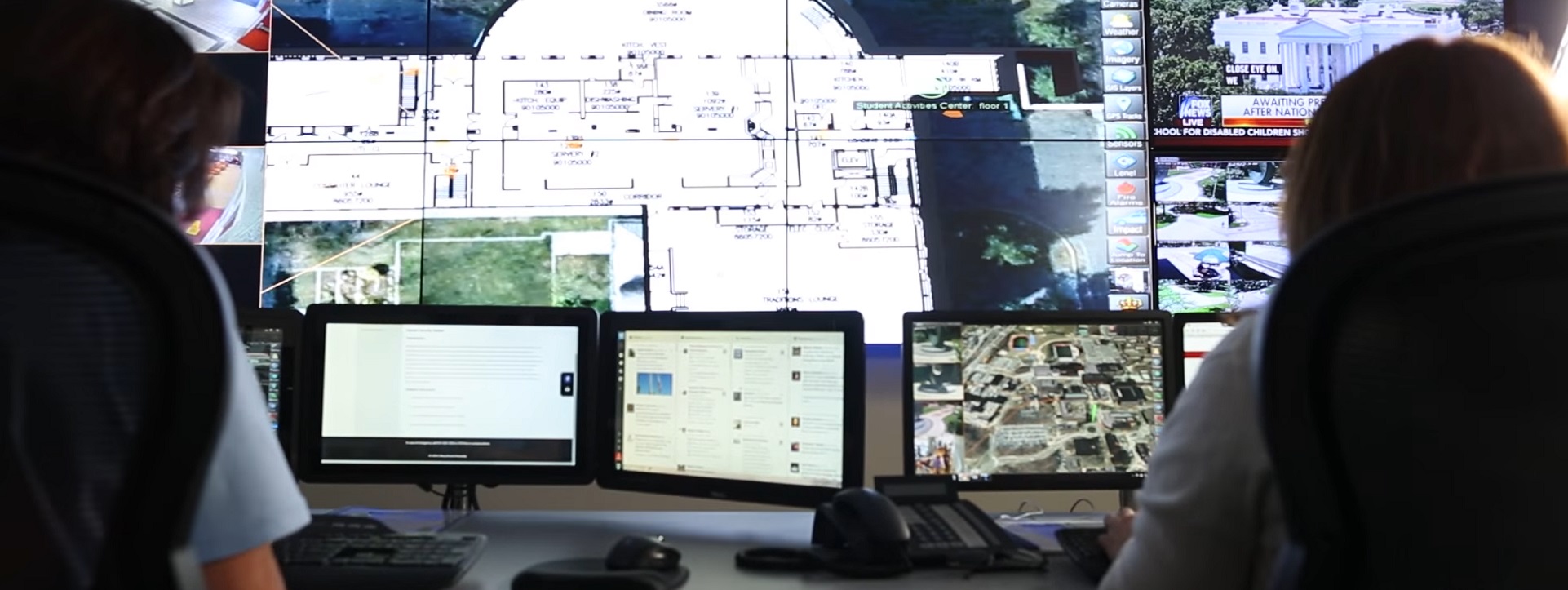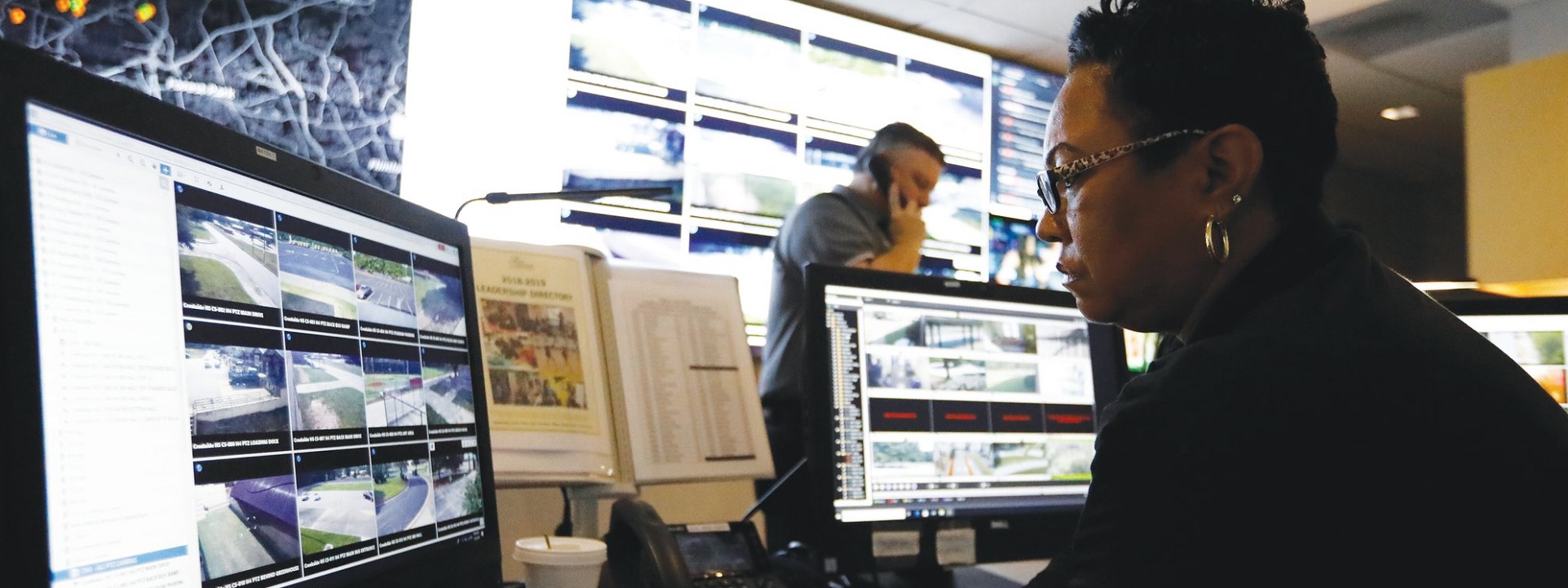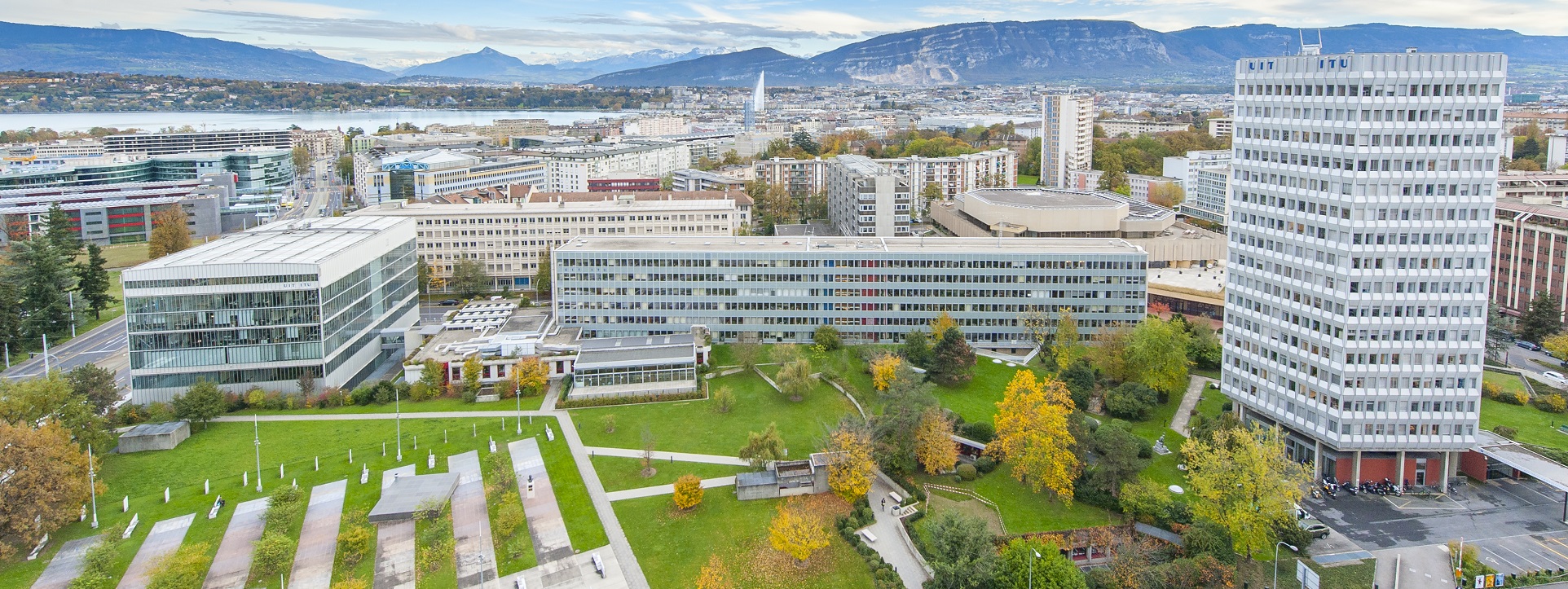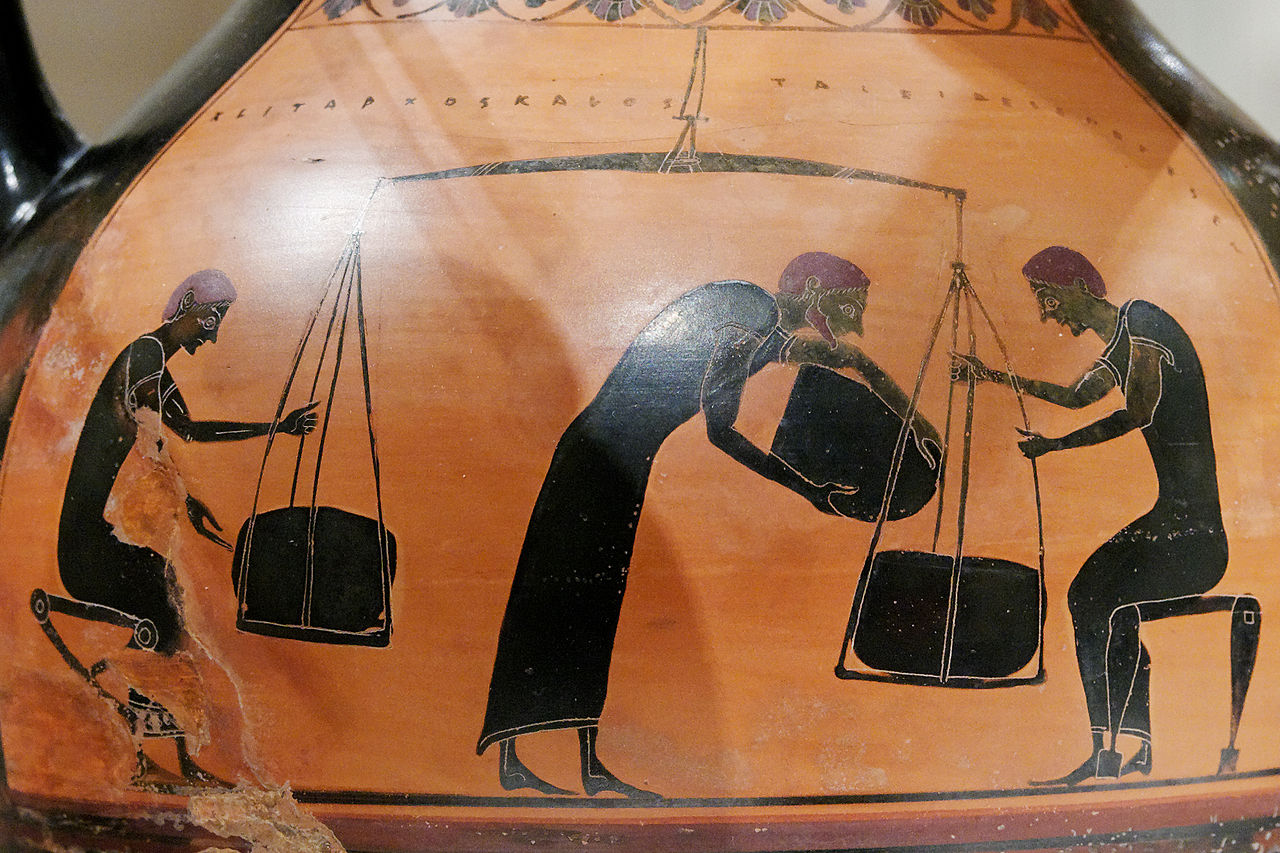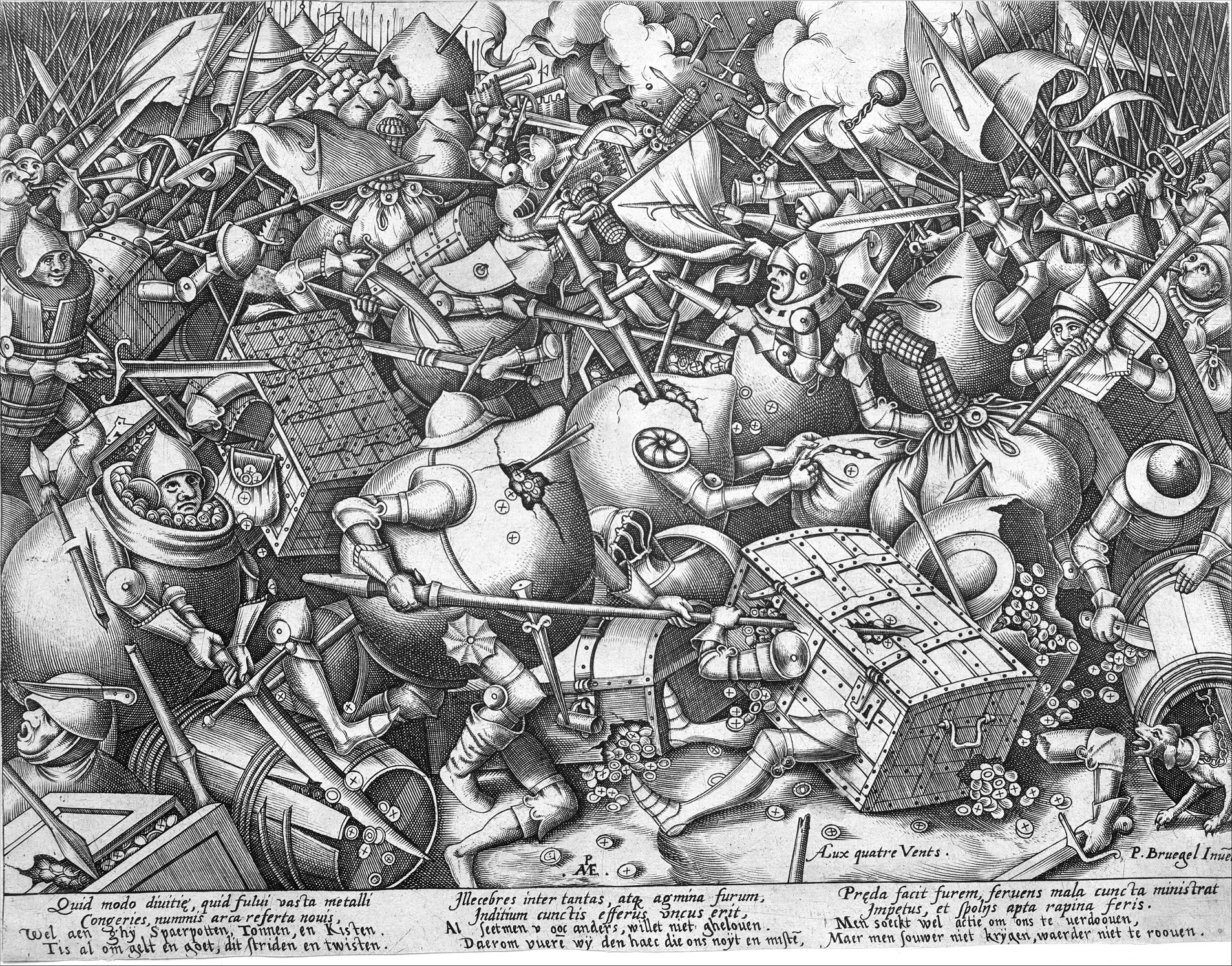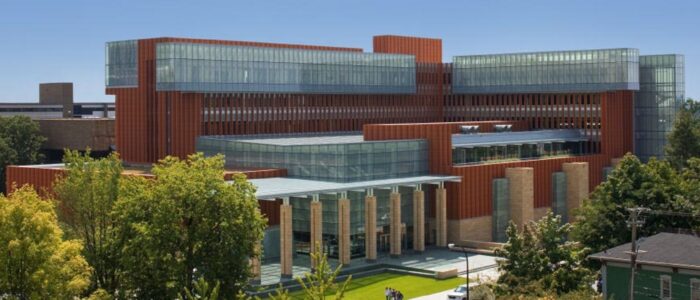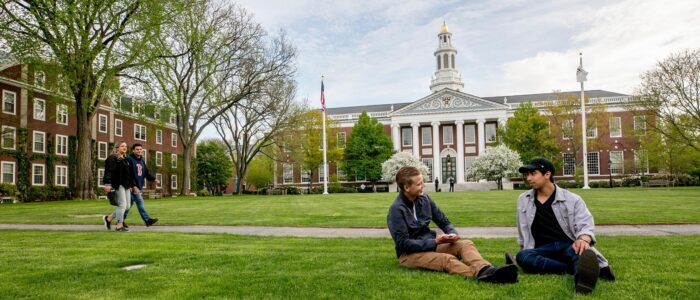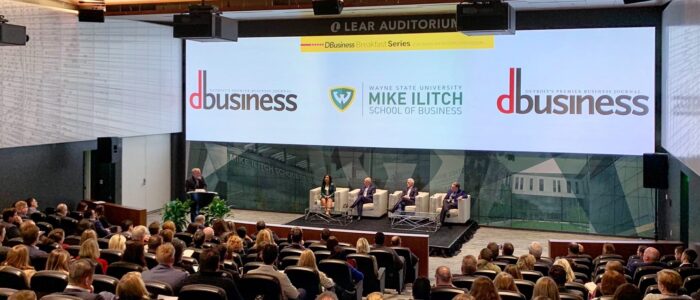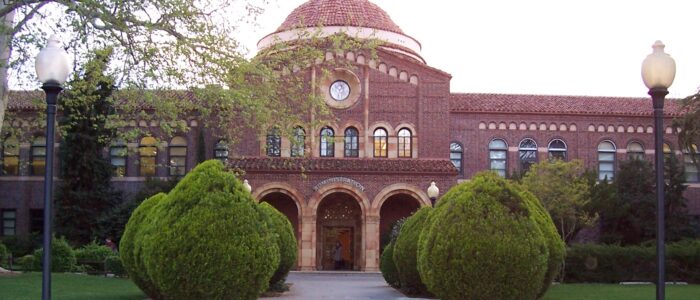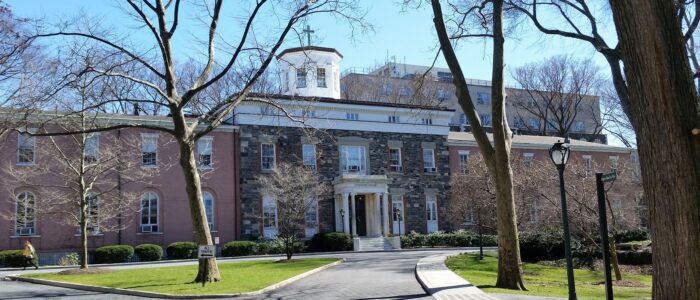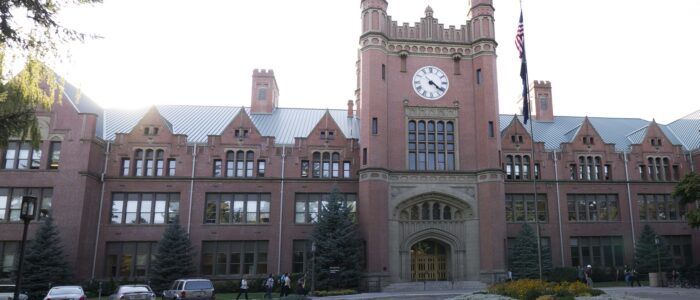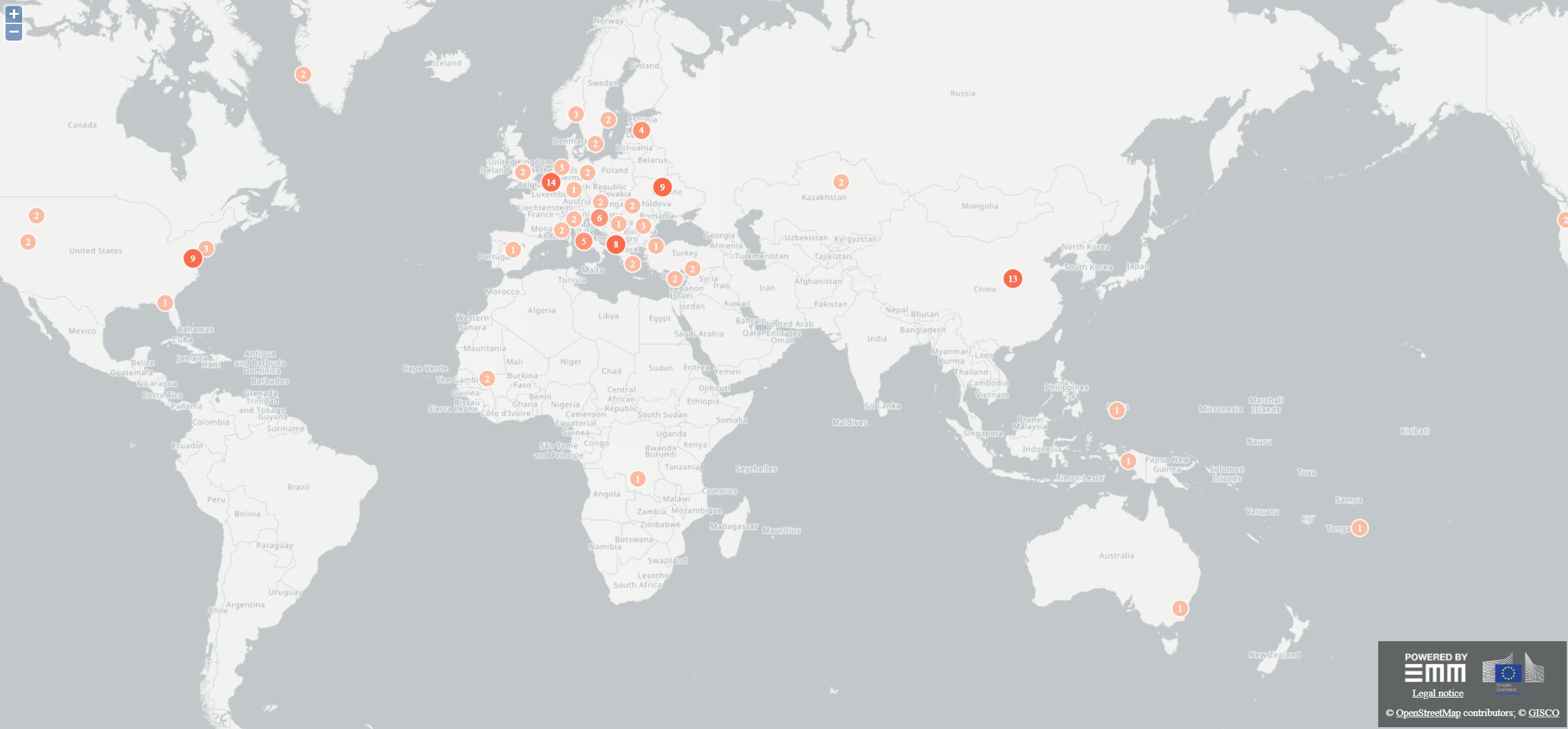Data Points (2023 Estimates for 193 countable nations):
Global Gross Domestic Product (GGDP) ~ $106.17T
Anglosphere (United States, United Kingdom, Canada, Australia, New Zealand) ~ $31T (or ~32% of GGDP)
United States GDP $27T (or about 1/3rd of GGDP)
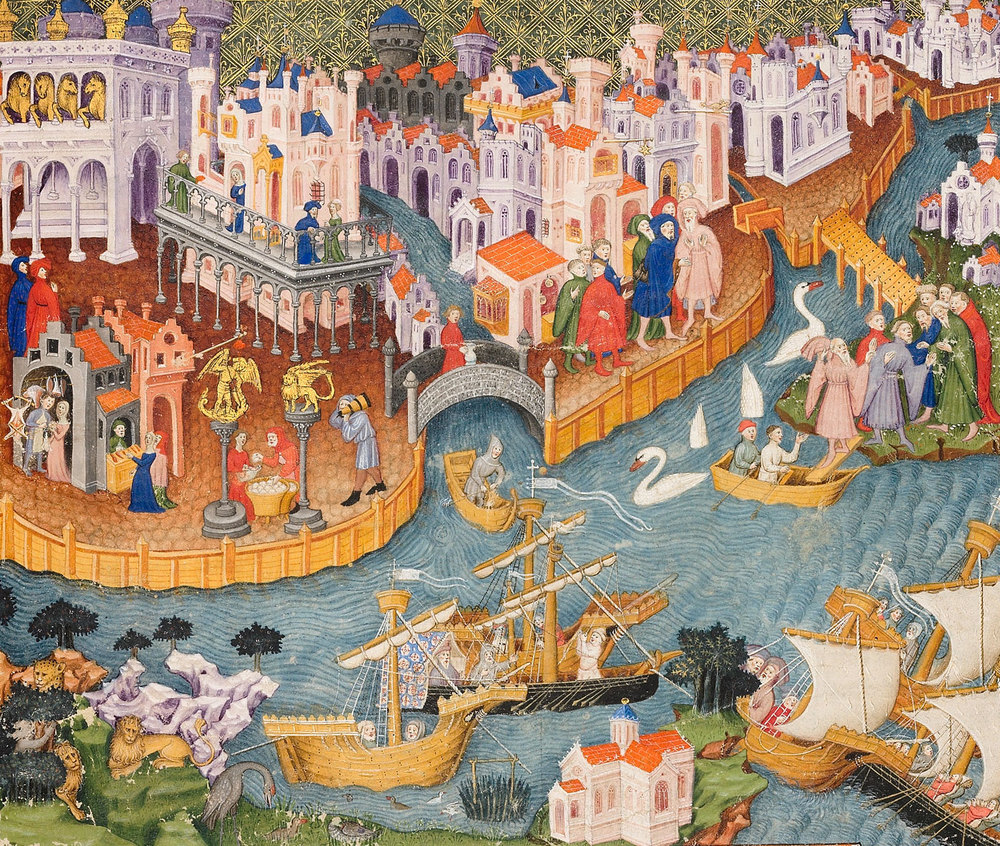
“Livres des Merveilles du Monde” 1300 | Marco Polo | Bodleian Libraries, University of Oxford
Today we break down consultations on titles relevant to the technology and management of the real assets of education communities in the United States specifically; but with sensitivity to the global education markets where thousands of like-minded organizations also provide credentialing, instruction, research, a home for local fine arts and sport.
We steer away from broad policy issues and steer toward technical specifics of public consultations presented by national member bodies of the International Electrotechnical Commission, the International Organization for Standardization, the International Telecommunications Union and the American National Standards Institute. If there is a likelihood that the titles published by these workgroups will be incorporated by reference into public safety or sustainability legislation; or integrated into the cost structure of education communities in any other way, we will listen carefully and contribute meaningfully where we can.
Vienna Convention on Diplomatic Relations | 1961
| “Even apart from the instability due to speculation, there is the instability due to the characteristic of human nature that a large proportion of our positive activities depend on spontaneous optimism rather than on a mathematical expectation, whether moral or hedonistic or economic. Most, probably, of our decisions to do something positive, the full consequences of which will be drawn out over many days to come, can only be taken as the result of animal spirits — a spontaneous urge to action rather than inaction, and not as the outcome of a weighted average of quantitative benefits multiplied by quantitative probabilities. Enterprise only pretends to itself to be mainly actuated by the statements in its own prospectus, however candid and sincere that prospectus may be. Only a little more than an expedition to the South Pole is it based on an exact calculation of benefits to come. Thus if the animal spirits are dimmed and the spontaneous optimism falters, leaving us to depend on nothing but a mathematical expectation, enterprise will fade and die; — though fears of loss may have a basis no more reasonable than hopes of profit had before.”
“The General Theory of Employment, Interest, and Money” — John Maynard Keynes, 1936 |
American National Standards Institute
Setting the standard: Grange members can be voice of rural users in standardization system
ISO/IEC/ITU coordination – Listing of New Work Items (New: Passwords Required)
New ANSI Education Initiative Supports the Next Generation of Standardization Leaders
International Code Council
2024/2025/2026 ICC CODE DEVELOPMENT SCHEDULE (3/17/2023)
International Electrotechnical Commission
International Electrotechnical Commission | CDV Consultations
IEC Open Consultations: 20 December
IEC 87th General Meeting | Cairo, 22 – 26 October
Results from IEC General Assembly 2022 | San Francisco
Extended Versions Certain standards are required to be read in tandem with another standard, which is known as a reference (or parent) document. The extended version (EXV) of an IEC Standard facilitates the user to be able to consult both IEC standards simultaneously in a single, easy-to-use document.
International Telecommunications Union
The case for standardizing homomorphic encryption
Outcomes of the ITU Plenipotentiary Conference
World Radiocommunication Conference
International Standardization Organization
How ISO codes connect the world
New partnership for ISO and ICC
Must-have skills for the green economy
A partial list of projects with which we have been engaged as an active participant; starting with the original University of Michigan enterprise in the late 1990’s and related collaborations with IEEE and others: (In BOLD font we identify committees with open consultations requiring a response from US stakeholders before next month’s Hello World! colloquium)
IEC/TC 8, et al System aspects of electrical energy supply
IEC/TC 22 Power electronic systems and equipment
IEC/TC 62 Electrical equipment in medical practice
IEC/TC 64 Electrical installations and protection against electric shock
IEC/TC 82 Solar photovoltaic energy systems
IEC/SYC Electrotechnical Aspects of Smart Cities
Standards Michigan Workspace for IEC/ITU Consultations
ISO/IEC JTC 1 Information Technology, et. al
ISO/TC 205 Building environmental design
ISO/TC 229 Nanotechnologies
ISO/TC 232 Education and Learning Services
ISO/TC 260 Human Resource Management
ISO/TC 267 Facility Management
ISO/TC 268 Sustainable cities and communities
ISO/TC 301 Energy management and energy savings
ISO/TC 304 Healthcare organization management
We collaborate with the appropriate ANSI US TAG; or others elsewhere in academia. We have begun tracking ITU titles with special attention to ITU Radio Communication Sector.
main( ) { printf("hello, world\n"); }
We have collaborations with Rijksuniversiteit Groningen, Sapienza – Università di Roma, Universität Zürich, Universität Potsdam, Université de Toulouse. Universidade Federal de Itajubá, University of Windsor, the University of Alberta, to name a few — most of whom collaborate with us on electrotechnology issues. Standards Michigan and its 50-state affiliates are (obviously) domiciled in the United States. However, and for most issues, we defer to the International Standards expertise at the American National Standards Institute
ANSI INTERACTIVE MAP: INTERNATIONAL TRADE & DEVELOPMENT
Use the login credentials at the upper right of our home page.
More
Data Point: Global Construction Market is Expected to Reach $11 trillion by 2031
General Public Participation in ANSI ISO Activities
March 2021 edition of the TMB Communiqué.
ISO/IEC Directives, Part 1, Consolidated ISO Supplement
International Electrotechnical Commission Annual Report 2019
ANSI Education & Training Overview
ITU Digital Technical Standards
* A “Hello, World!” program generally is a computer program that outputs or displays the message “Hello, World!”. Such a program is very simple in most programming languages (such as Python and Javascript) and is often used to illustrate the basic syntax of a programming language. It is often the first program written by people learning to code. It can also be used as a sanity test to make sure that a computer language is correctly installed, and that the operator understands how to use it.



